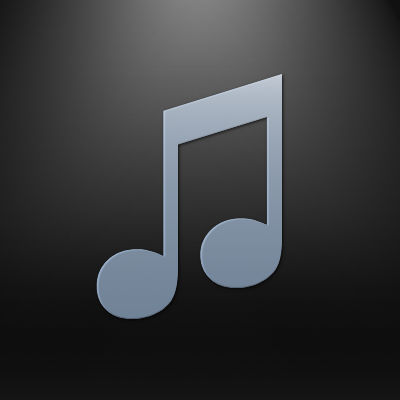Jean Sibelius's Symphony No. 2 in D major, Op. 43 was started in winter 1901 in Rapallo, Italy, and finished in 1902 in Finland. It was first performed by the Helsinki Philharmonic Society on 8 March 1902, with the composer conducting. After the first performance, Sibelius made some revisions, and the revised version was given its first performance by Armas Järnefelt on 10 November 1903 in Stockholm.
Orchestration
Sibelius scored his second symphony for an orchestra consisting of standard instruments:
- Woodwind
- 2 Flutes
- 2 Oboes
- 2 Clarinets
- 2 Bassoons
- Brass
- 4 Horns
- 3 Trumpets
- 3 Trombones
- Tuba
- Percussion
- Timpani
- Strings
- 1st and 2nd Violins
- Violas
- Cellos
- Double basses
Movements
The symphony is in four movements, with the third movement and the finale played attacca:
- Allegretto – Poco allegro – Tranquillo, ma poco a poco ravvivando il tempo all'allegro – Poco largamente – Tempo I – Poco allegro
- Tempo andante, ma rubato – Poco allegro – Molto largamente – Andante sostenuto – Andante con moto ed energico – Allegro – Poco largamente – Molto largamente – Andante sostenuto – Andante con moto ed energico – Andante – Pesante
- Vivacissimo – Lento e soave – Tempo primo – Lento e soave – (attacca)
- Finale: Allegro moderato – Moderato assai – Meno moderato e poco a poco ravvivando il tempo – Tempo I – Largamente e pesante – Poco largamente – Molto largamente
The duration is approximately 45 minutes.
Reception
In Finland, this popular work with its grandiose finale was connected by some with the struggle for Finland's independence, even being popularly dubbed the "Symphony of Independence", as it was written at a time of Russian sanctions on Finnish language and culture. Sibelius's reaction to this has been widely debated; some claim that he had not intended any patriotic message and that the symphony was only identified by others as a nationalist composition, while others believe that he wrote the piece with an independent Finland in mind.
Tying in with Sibelius' philosophy on the art of the symphony (he wrote that he "admired [the symphony's] severity of style and the profound logic that created an inner connection between all the motifs..."), the work grows almost organically out of a rising three-note motif heard at the opening of the work, which, after appearing in many guises throughout the entire symphony (and indeed forming the basis for most of the material) forms the dramatic theme of the finale. Interestingly this first theme is to be heard in a very similar passage in Rubinstein's symphony nr. 4 from 1874. This prominent motif has the same melody, rhythm, and orchestration and is repeated in different permutations throughout Rubinstein's symphony.
Recordings
The first recording was made by Robert Kajanus with the London Symphony Orchestra for the HMV label in May 1930. Arturo Toscanini and the NBC Symphony Orchestra performed the symphony during broadcast concerts in 1939 and 1940 in NBC Studio 8-H; the 1940 performance was commercially released by RCA Victor in 1967 on LP, then later reissued on CD. EMI has released a CD of a concert performance by Toscanini and the BBC Symphony Orchestra in Queen's Hall. One of the more remarkable live performances released on LP and CD was by Sir Thomas Beecham and the BBC Symphony Orchestra in the Royal Festival Hall in 1954, during which Beecham shouted encouragement to the musicians several times.
On the Saturday 5 January 2013 broadcast of BBC 3's CD Review – Building a Library, music critic Erica Jeal in her survey recommended the 1995 recording by the London Symphony Orchestra, conducted by Colin Davis, as the best available choice.
References
- ^ Barnett, Rob. "Historical Record of the Month". MusicWeb International. Retrieved 5 January 2014.
- ^ Jeal, Erica. "Building a Library: Sibelius: Symphony No 2". CD Review. BBC Radio 3. Retrieved 5 January 2014.
 -
00:00
/
00:00
-
00:00
/
00:00
